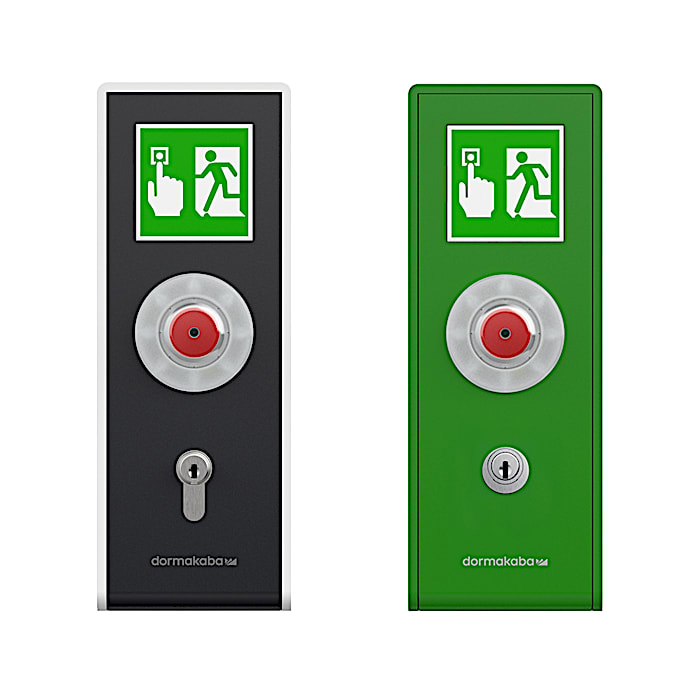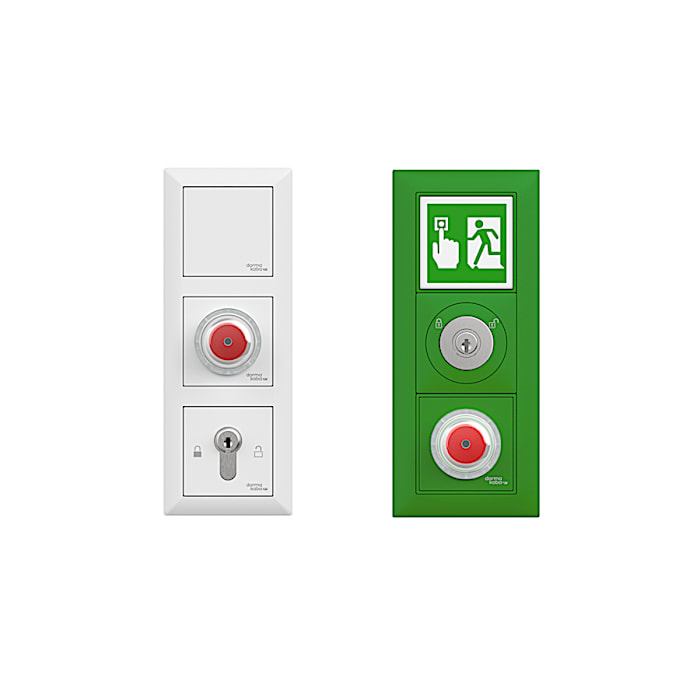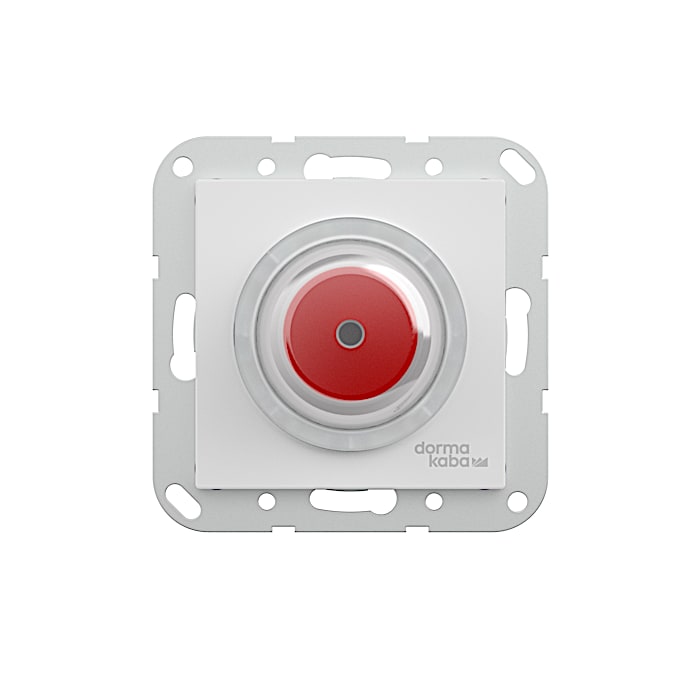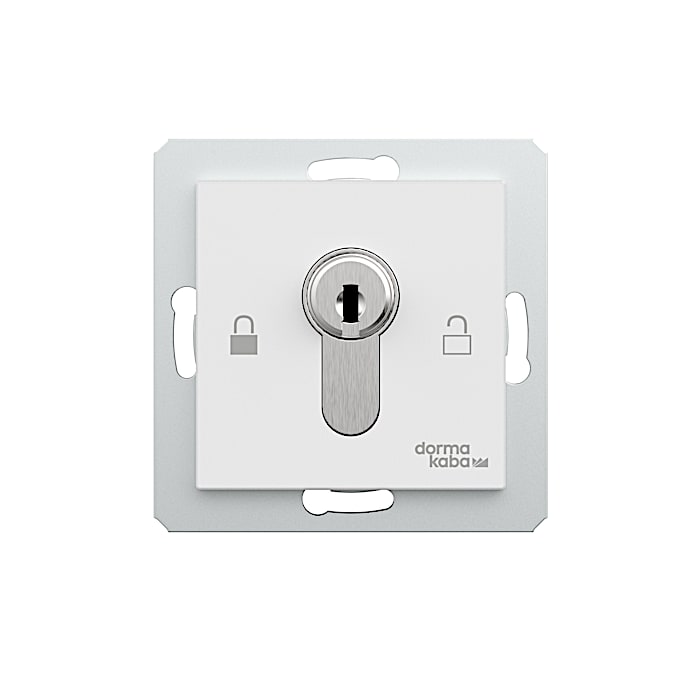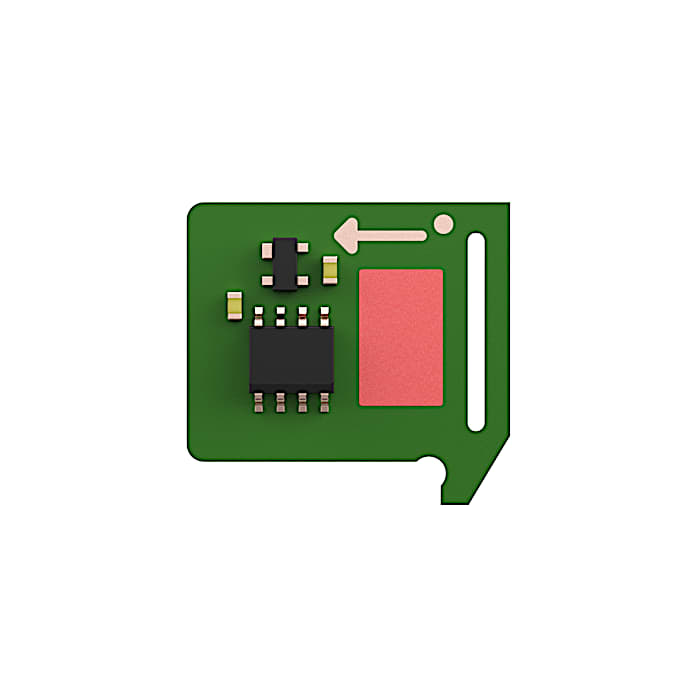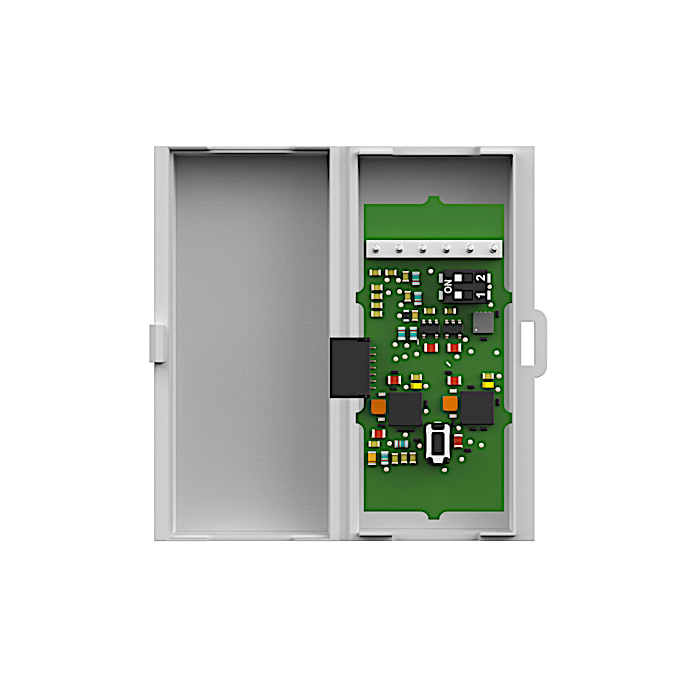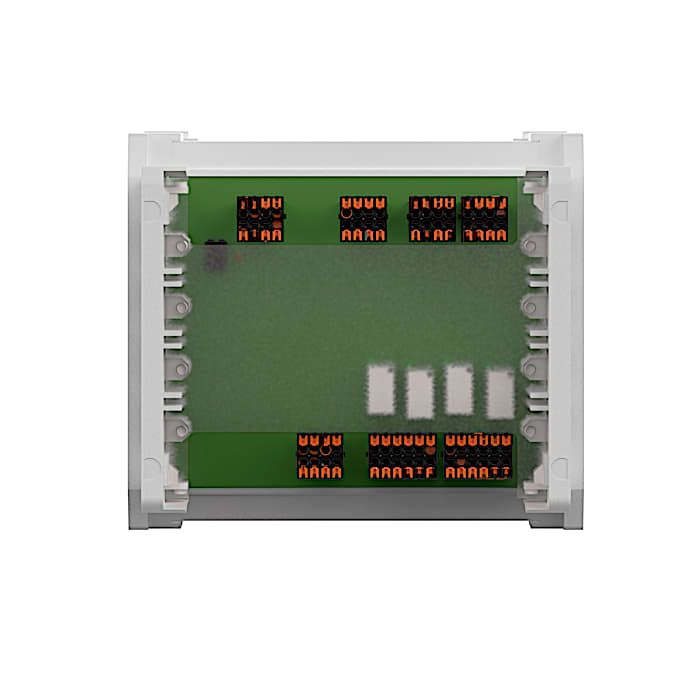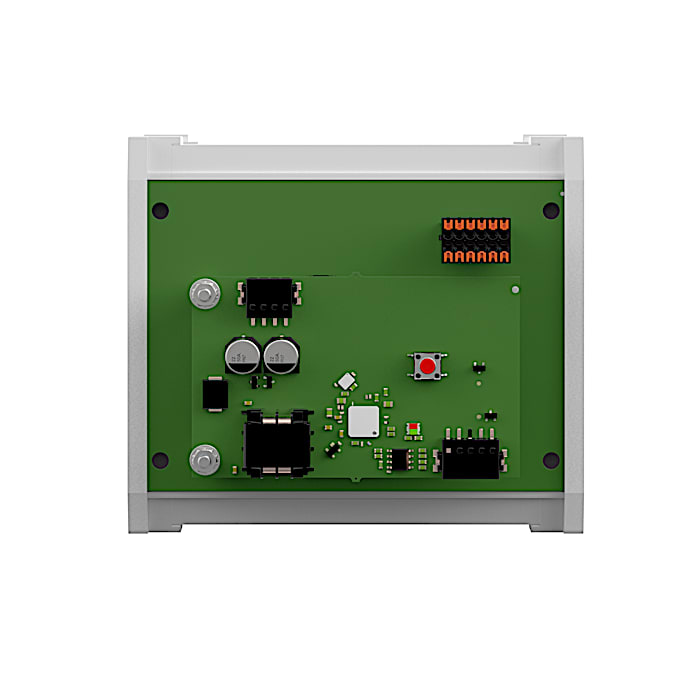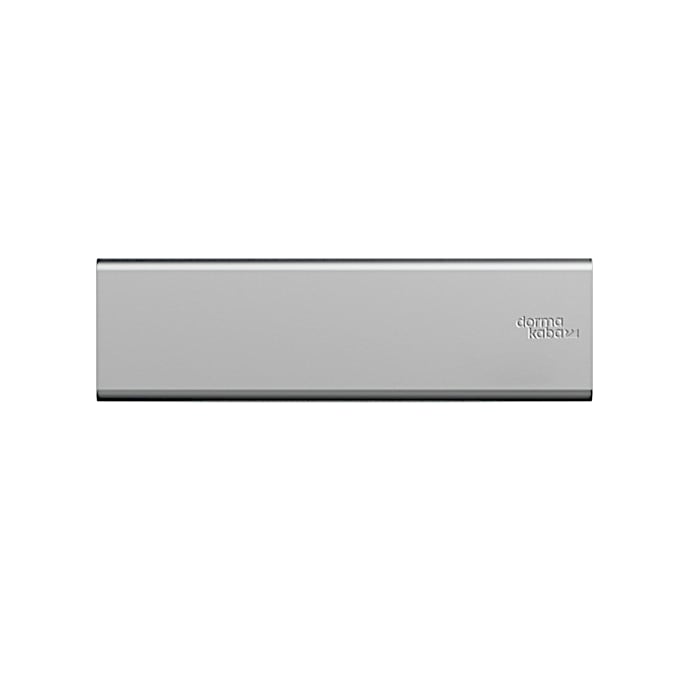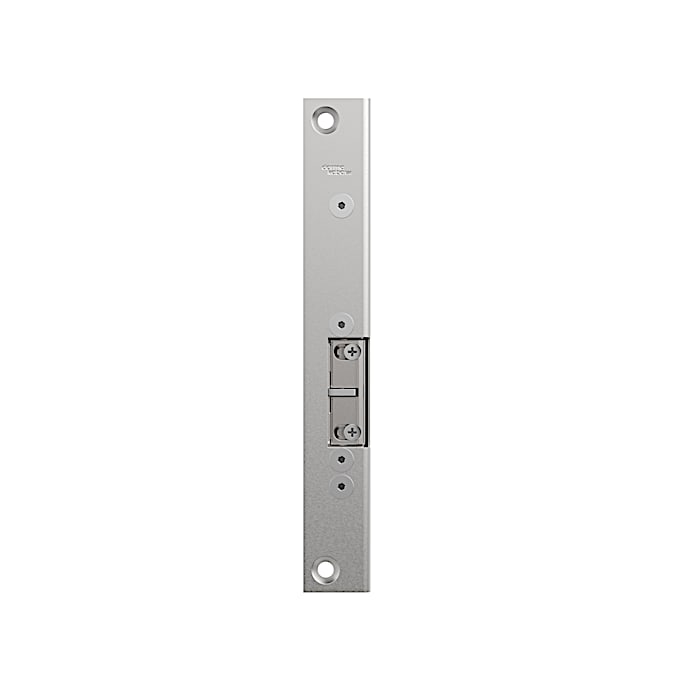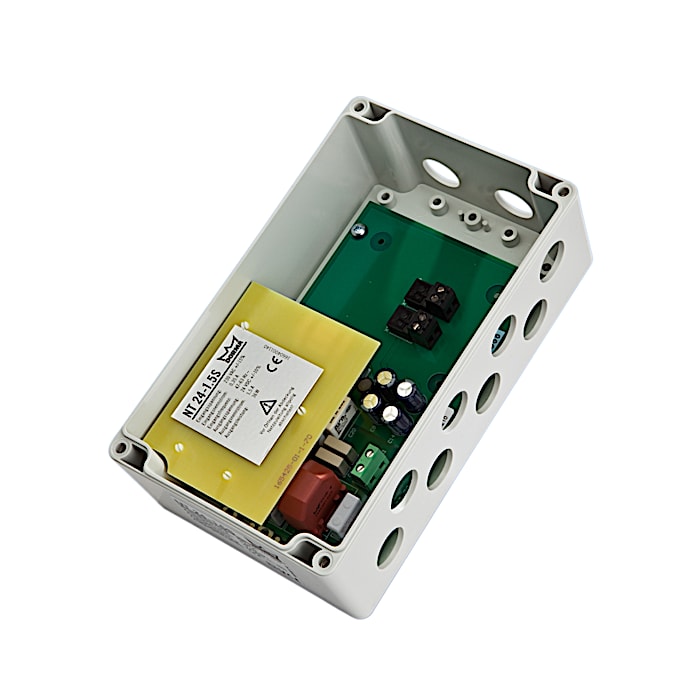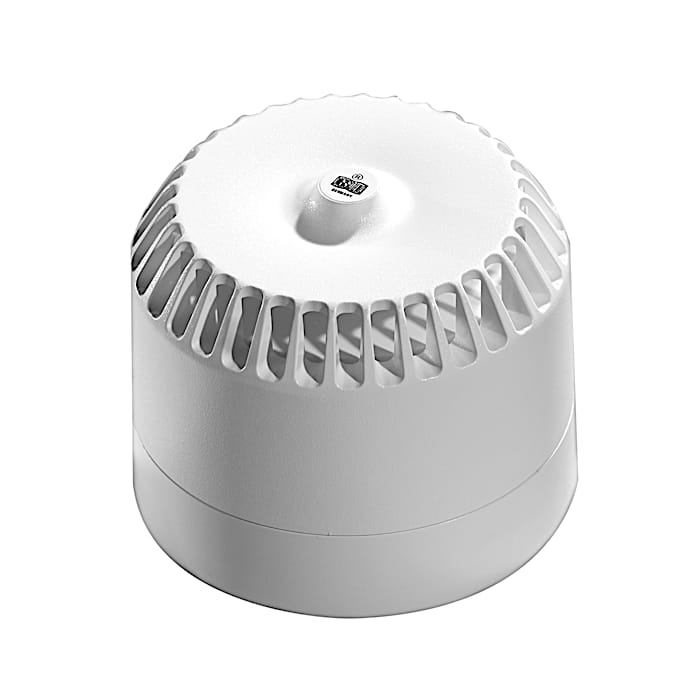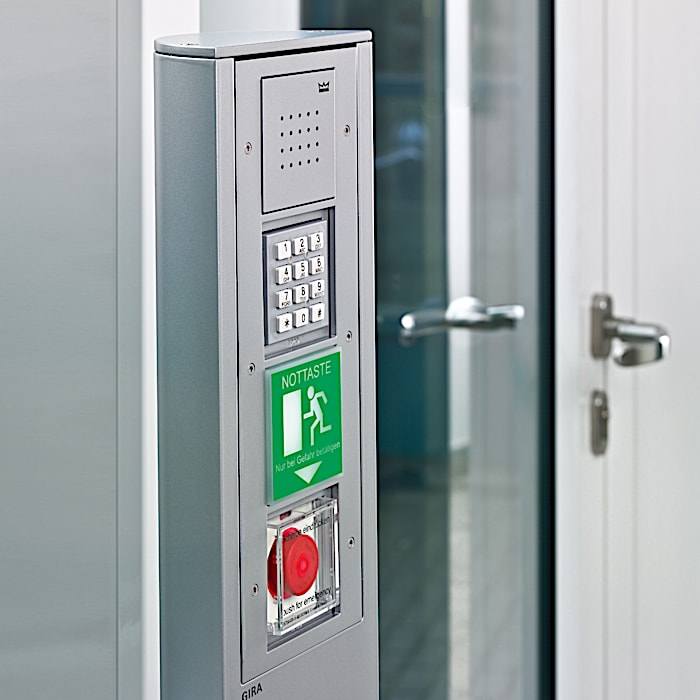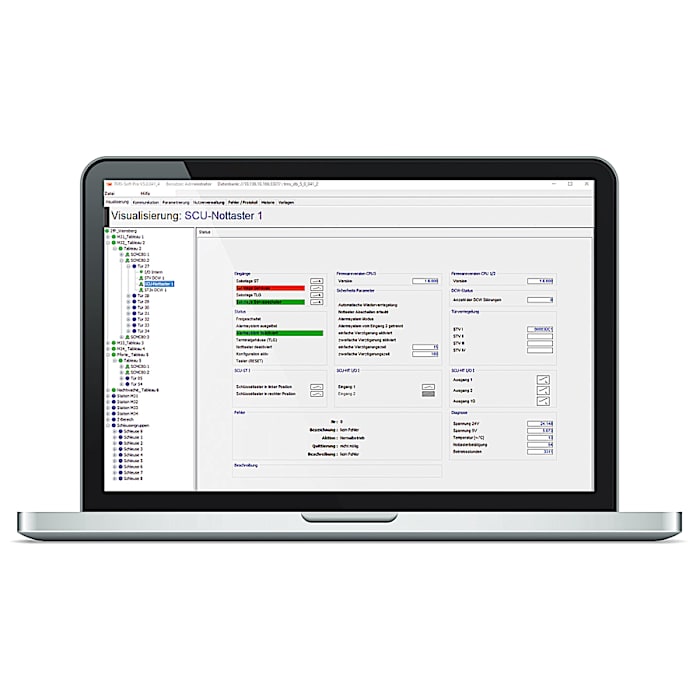Product Details
Reliable locking and unlocking of escape route doors
STV 100 door locking devices are connected to the SafeRoute emergency exit and escape route system as a locking element. The STV 100 is approved according to the EltVTR (German directive for electrical locking systems on escape route doors) and corresponds to the specifications of EN 13637.
Suitable for upgrading, also on fire and smoke control doors
The STV 100 door locking devices are installed on the frame, making them especially easy to upgrade (in the case of fire protection doors, please observe country-specific regulations on subsequent modifications). Thanks to an extensive range of accessories, they can also be installed on flush-closing doors and allow tolerance compensation. In addition, they are approved for installation on fire and smoke control doors.
Security with positive-driven monitoring
Thanks to the integrated monitoring functions, both the open status of the door, the locked status of the STV 100 and any attempts at tampering are detected and forwarded to the SafeRoute emergency exit control system.
Greater comfort with the STV 100
The STV 100 is connected to the SafeRoute escape route door control system quickly and easily using a four-lead DCW® system bus with no separate emergency deactivation circuit.

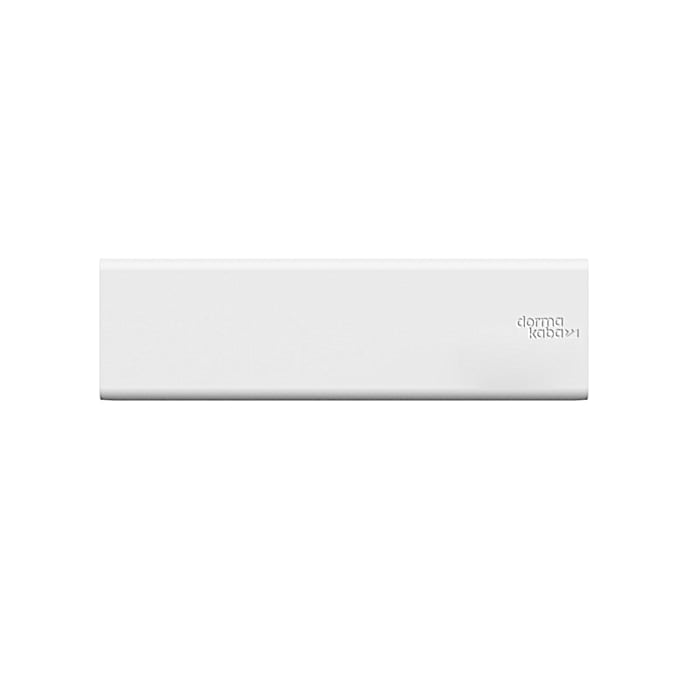
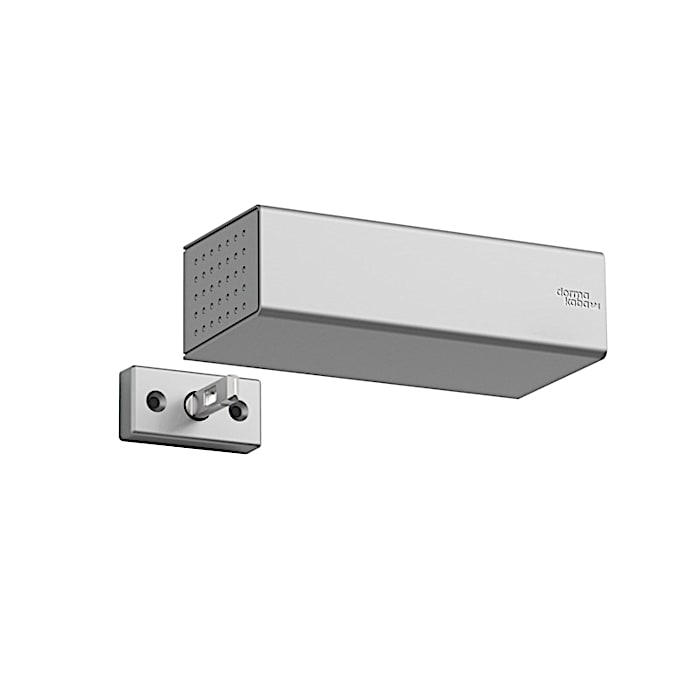
We are happy to show you more
dormakaba Schweiz AG
Hofwisenstrasse 24
8153 Rümlang, Switzerland
Phone: +41 44 818 90 11
E-Mail: info.ch@dormakaba.com
Can’t find what you’re looking for?
Contact us